
The “Regional Policy Dialogue on Lifelong Learning” unfolded as a journey—moving deliberately from reflection to action, from local to global. Key participants included delegates from UNESCO Thailand, the Equitable Education Fund (EEF) Thailand, the Program Management Unit on Area-Based Development (PMU A), and the University of Phayao, reflecting a shared commitment to expanding educational access and opportunity. It began with “Mapping Regional Experiences and Expectations,” where countries did not only present how Lifelong Learning (LLL) had taken shape in their contexts; they also looked ahead, voicing aspirations for how LLL could drive development and sustainability in the years to come.
Building on these aspirations, the dialogue moved step by step into strategy, practice, and institutions, each session layering detail onto the last. From this foundation, the focus turned to “Policies, Strategies, and Governance Mechanisms for Lifelong Learning,” probing how commitments on paper can be translated into operational frameworks. Practice followed theory—“Lifelong Learning Implementation” offered grounded cases, paired with comparative analysis and distilled recommendations that pointed toward actionable guidance. Institutions, too, were brought into focus—“University Collaborations to Support Lifelong Learning” underscored higher education’s capacity to anchor innovation and extend access. Finally, the conversation widened—with the “UNESCO Global Network of Learning Cities (GNLC),” national and regional efforts were situated within a broader international architecture—one that turns local practice into global cooperation.
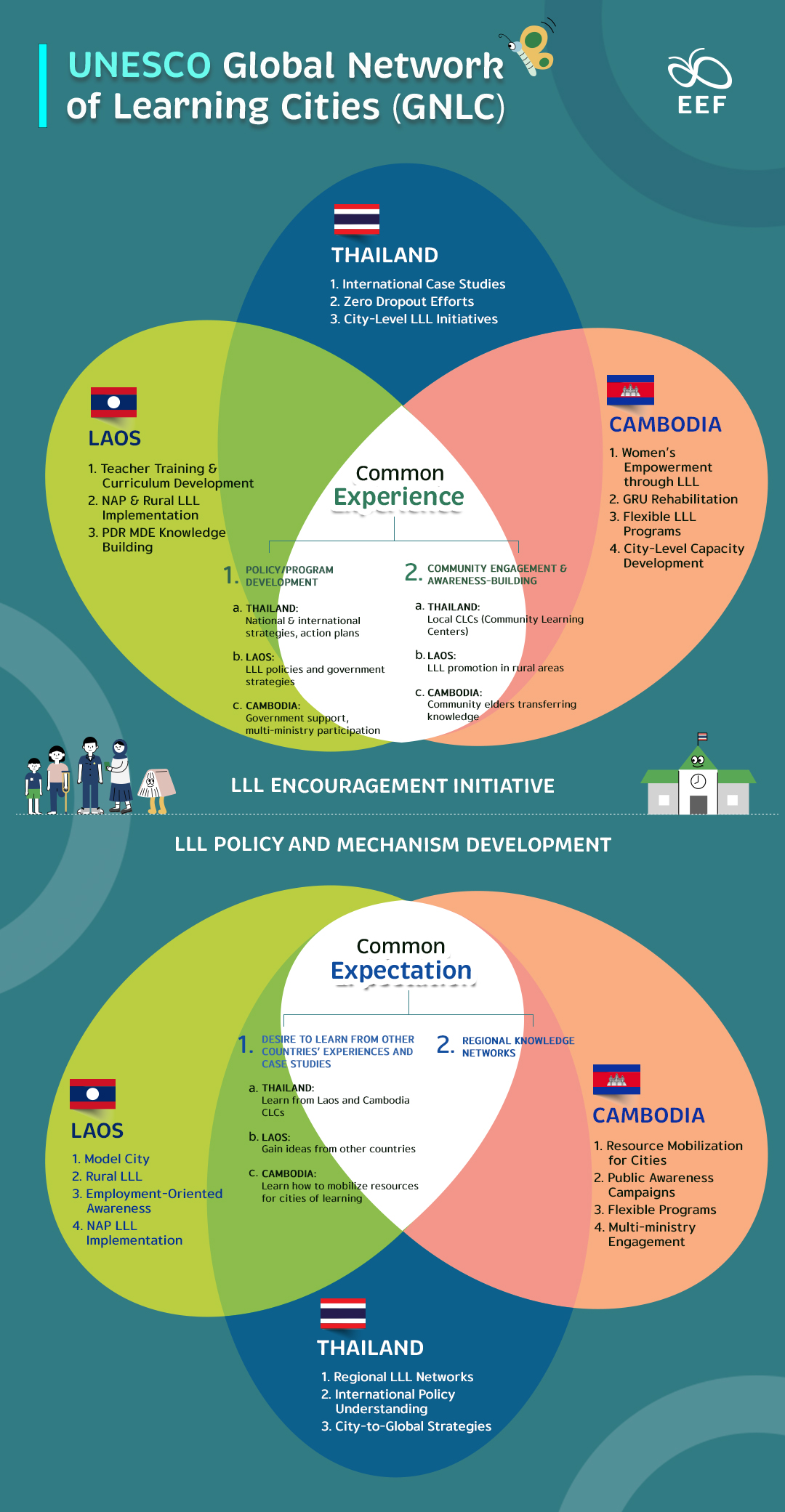
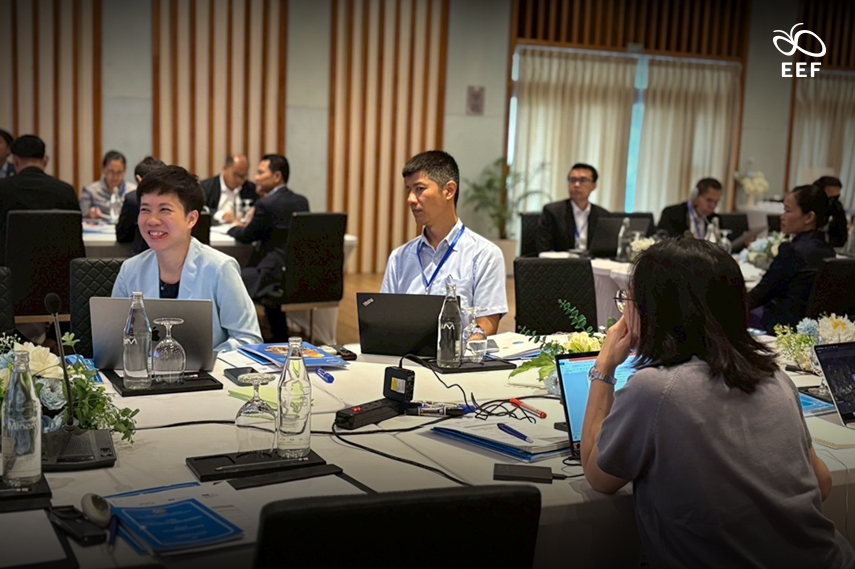
Mapping these experiences and expectations in Thailand, Laos, and Cambodia revealed both diversity and convergence. Thailand has advanced sweeping national and international strategies, complemented by city-level initiatives and zero-dropout campaigns; Laos, by contrast, has concentrated on rural access, teacher training, and curriculum reform through government-led frameworks such as the PDR MDEs; meanwhile, Cambodia has promoted multi-ministry collaboration, women’s empowerment, flexible pathways, and community knowledge transfer. Varied though they are, each approach converged on two common elements: policy development and community engagement. And from these efforts, shared regional aspirations emerge: to refine policies, draw lessons, and mobilize resources for cities and communities of learning. Out of distinct national choices, therefore, arises a strategic regional platform that aligns local needs with global momentum.
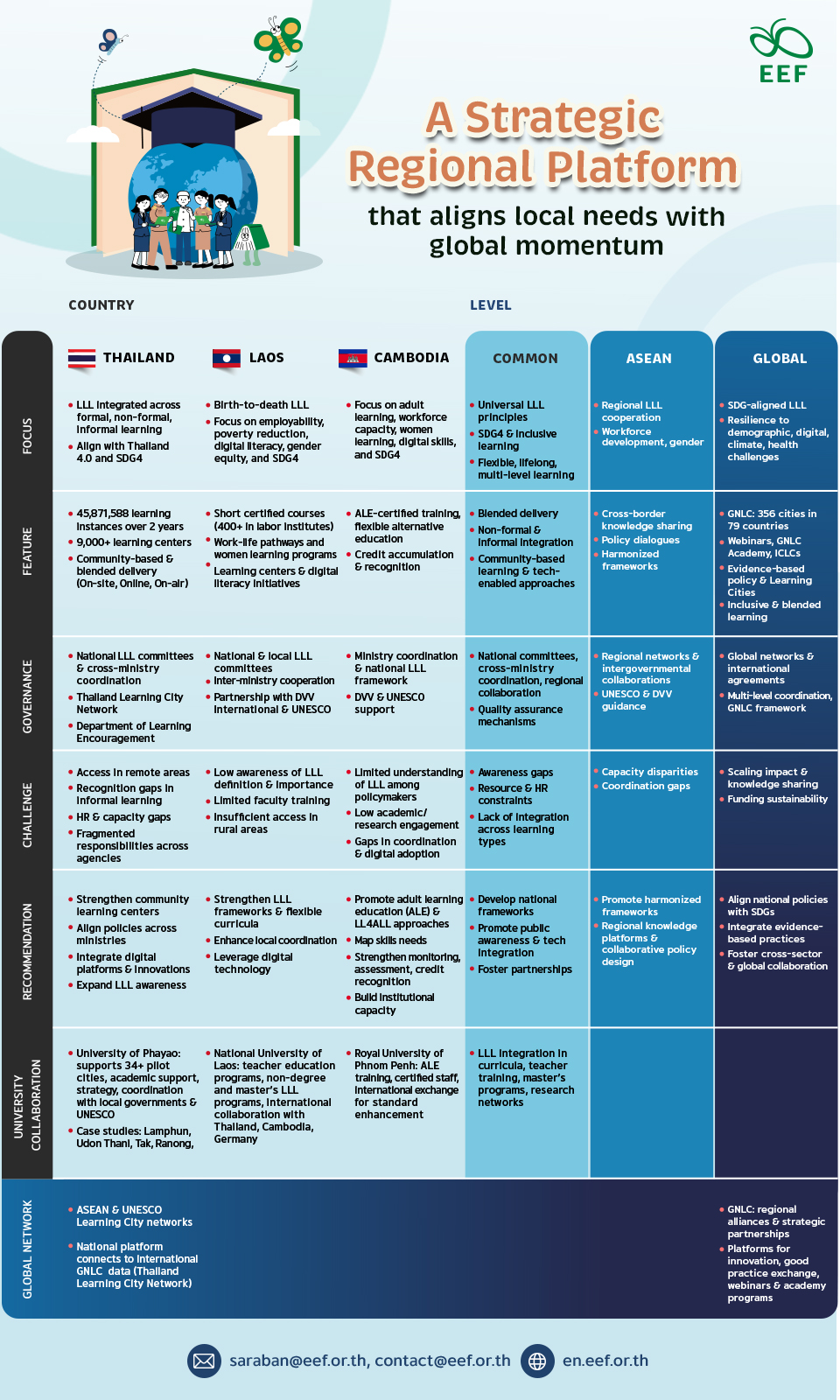
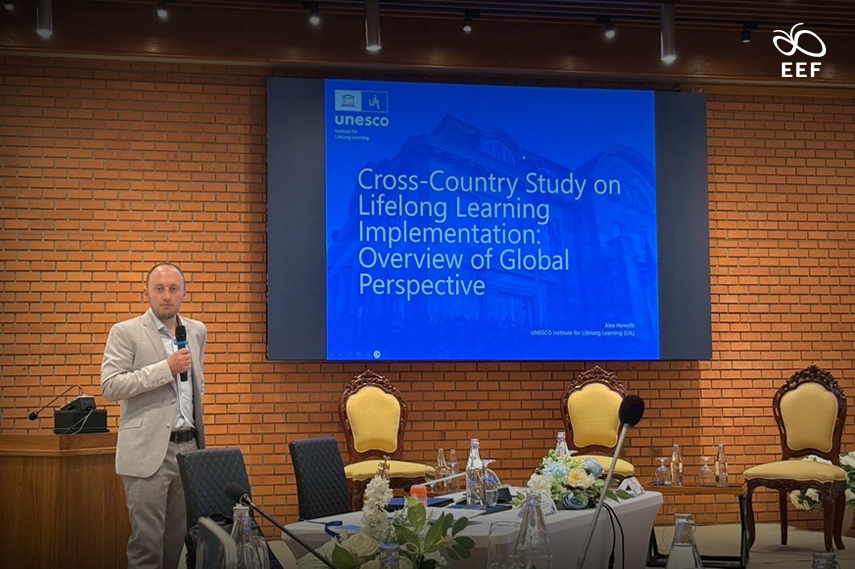
From these shared regional aspirations, it becomes clear that national approaches both shape and are shaped by local realities; examining each country in turn reveals how distinctive strategies translate these ambitions into concrete actions on the ground. Thailand, guided by the Thailand 4.0 strategy and SDG4, has built an inclusive ecosystem spanning formal, non-formal, and informal pathways. More than 45 million learning experiences have been delivered through community centers, digital platforms, and the Thailand Learning City Network—though rural gaps, fragmented governance, and recognition of informal outcomes remain hurdles.
On the contrary, Laos has positioned LLL as a cradle-to-grave commitment, offering 400 certified short courses and flexible, women-focused pathways. These are supported by national and local committees in partnership with UNESCO and Deutscher Volkshochschul-Verband (DVV) International, yet awareness, faculty capacity, and rural reach are still limited. Meanwhile, Cambodia has turned to adult learning and workforce development through ALE-certified training, alternative education routes, and credit systems; however, weak coordination, low policymaker engagement, and uneven digital adoption hinder its progress. When viewed together, a shared picture emerges: frameworks must be strengthened, governance improved, and institutional and digital capacities expanded if diverse initiatives are to coalesce into resilient ecosystems.
Across all three countries, common principles take shape: inclusivity, flexibility, and the integration of formal, non-formal, and informal pathways are central. Blended delivery and digital platforms extend reach. National committees and cross-ministry coordination provide governance, while regional partnerships offer support. Yet familiar barriers—limited awareness, scarce resources, and fragmented systems—resurface across borders. These are not challenges of single states alone but of the region as a whole. The forum therefore called for comprehensive frameworks, stronger campaigns to raise public awareness, and deeper partnerships that connect governments, communities, and private actors. Only through such mechanisms can policy commitments translate into tangible opportunities for learners.
At the regional level, ASEAN serves as a bridge: it provides a platform where national lessons converge into collective strategies for workforce development, gender equity, and alignment with the SDGs. Policy dialogues, cross-border knowledge exchange, and harmonized frameworks allow countries to learn not only from success but also from missteps. Governance here operates through networks and intergovernmental collaboration, supported by UNESCO and DVV. Yet uneven capacity across member states means that regional ambition must be balanced with pragmatic implementation, while bridging capacity gaps among ASEAN countries. Thus, recommendations from the forum pointed toward knowledge platforms and harmonized frameworks that can transform individual experiments into shared regional progress.

This regional vantage point links naturally to the global stage: Lifelong learning today is not merely a domestic agenda but a global response to demographic shifts, digital transformation, climate change, and health crises. The UNESCO Global Network of Learning Cities (GNLC) embodies this movement. With 356 cities across 79 countries, it operates as more than a network; it is an engine of innovation. Through evidence-based policy guidance, blended learning strategies, webinars, and academy programs, the GNLC helps countries align national priorities with global commitments under the SDGs. Still, challenges remain: knowledge must circulate more effectively, models adapt to context, and financial durability be secured. The forum underscored that evidence-based policymaking, alignment with SDG priorities, and stronger international collaboration are essential to magnify the collective force of lifelong learning.
Within this global framework, national and local initiatives find both recognition and reinforcement. Leveraging the GNLC framework, Thailand’s “Learning City Network” stands out as a leading example—linking grassroots projects to international partners, integrating databases, and celebrating innovation through annual “Learning City Awards.” Together, these initiatives create a virtuous cycle in which local successes inspire regional replication, showing how scalable, inclusive, and digitally enabled LLL ecosystems can translate community-based initiatives into measurable regional impact.
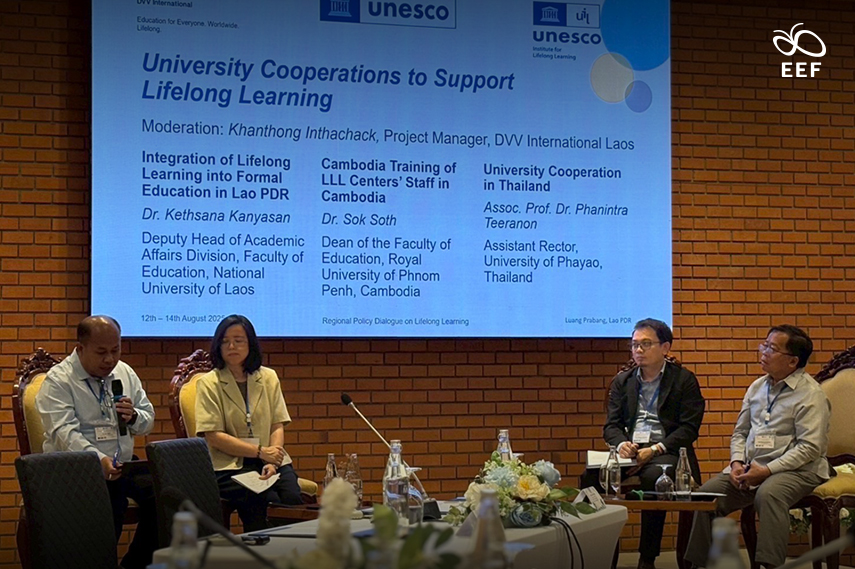
Universities emerged as pivotal connectors across these levels. In Thailand, the University of Phayao supports over 34 pilot cities, guiding local governments and ensuring alignment with UNESCO’s frameworks. The National University of Laos contributes through teacher education, non-degree and master’s-level programs, and international partnerships that extend capacity. In Cambodia, the Royal University of Phnom Penh drives ALE training, certifies staff, and fosters exchanges that raise institutional standards. In each case, universities are not only sites of study but anchors of governance, innovation, and collaboration.
The forum’s journey carried participants from national experiences to regional cooperation and onward to global networks, revealing how diverse contexts—urban and rural, formal and informal, policy-driven and community-led—can converge around a shared commitment to lifelong learning. Thailand, Laos, and Cambodia illustrated different pathways, yet all underscored the transformative potential of learning to empower individuals, strengthen communities, and drive inclusive, sustainable development. Achieving this vision requires not only coherent policies, resilient governance, and robust institutions, but also active engagement of learners, educators, and local actors to ensure that learning is meaningful and accessible. Rooted locally, strengthened nationally, and connected globally, lifelong learning emerges as a dynamic force capable of shaping societies, economies, and futures for generations to come.

